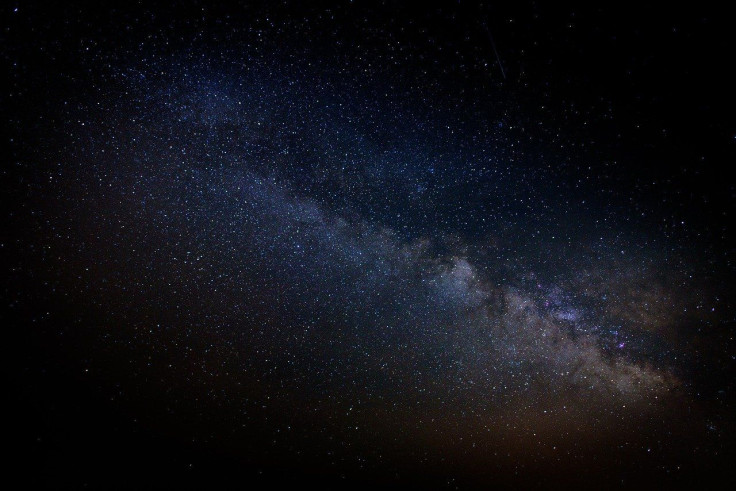Why Astronomers Are Concerned About Bright New 'Cell Phone Towers In Space'
KEY POINTS
- The BlueWalker 3 is said to outshine "all but the brightest stars" in the sky
- Apart from its brightness, it may also interfere with radio astronomy
- Conversations between the astronomers and the company behind the satellite are ongoing
A new, bright satellite was recently launched into orbit, and astronomers are worried about its potential to interfere with astronomy.
AST SpaceMobile launched its prototype BlueWalker 3 satellite in September. In its statement, the company called it the "largest-ever commercial communications array deployed in low Earth orbit," with its goal being the elimination of "dead zones with cellular broadband from space."
However, astronomers are expressing their concerns over the arrival of yet another bright object in orbit. In a statement posted on the International Astronomical Union's (IAU) website Monday, the IAU Center for the Protection of the Dark and Quiet Sky from Satellite Constellation Interference (IAU CPS) noted the satellite's potential impact on astronomy.
According to the organization, new measurements found that the BlueWalker 3 is now among the brightest objects in the night sky. In fact, it outshines "all but the brightest stars." It's even brighter, they say, than other constellation satellites.
Along with its statement, the organization shared a set of photos showing images of the night sky with visible streaks left by BlueWalker 3. Measurements show that at its brightest, it has an apparent visual magnitude of 1, which is nearly as bright as stars Spica or Antares, the IAU CPS noted.
In astronomy, the brighter objects have lower numbers. By comparison, for instance, the brightest star in the night sky, Sirius, has a visual magnitude of -1.46.
Apart from the satellite's visual disruptions of sky observations, the organization noted that the "cell phone towers in space" may also affect radio astronomy.
"Frequencies allocated to cell phones are already challenging to observe even in radio quiet zones we have created for our facilities," Square Kilometer Array (SKA) Observatory Director-General Philip Diamond said in the statement. "New satellites such as BlueWalker 3 have the potential to worsen this situation and compromise our ability to do science if not properly mitigated."
Previously, astronomers have also expressed their concerns about the impacts of the constellation of Starlink satellites. And earlier this year, a team of researchers found that more and more images are being affected as more Starlink satellites are deployed.
The most affected images, they found, are the twilight images, with the streaked images increasing from just 0.5% in 2019, when the first batch of Starlink satellites was launched, to as high as 18% by late 2021.
The IAU also wrote a letter to the Federal Communications Commission (FCC) in October to inform it of its position on the matter and urge it to take a closer look at the possible risks posed by such satellite constellations to "astronomy, the appearance of the night sky and the environment."
In the letter, the IAU also acknowledged the value that these constellations may have on "world connectivity." However, it noted that such developments should also take into account the "interests of all other parties" including that of the "international astronomical community and of the world society at large."
"To better understand the effects of these new satellites, the IAU CPS invites further observations of BlueWalker 3," the IAU CPS said in its statement, noting the importance of making efforts to minimize such constellations' impacts on astronomy. "Conversations between the IAU CPS and AST SpaceMobile have started. The IAU CPS fosters dialogue and cooperation between satellite operators and scientists."

© Copyright IBTimes 2024. All rights reserved.






















